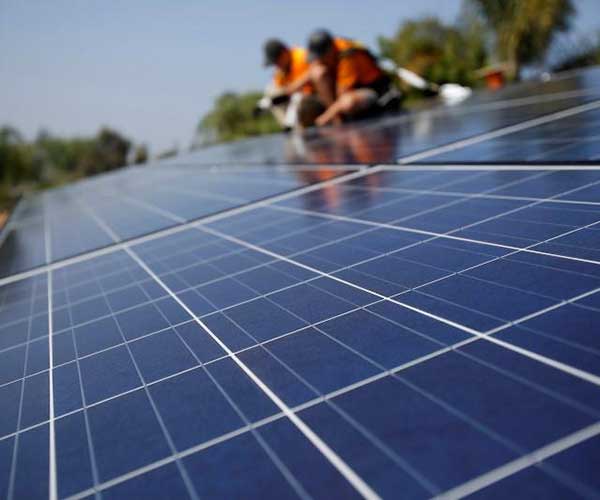Americans love the concept of rooftop solar, according to opinion polls. Well, they might. Large solar farms may be the most cost-efficient way to harvest energy from the sun, but the case for homeowners to put panels on their roofs looks compelling. Panels do not belch carbon dioxide. Electricity is generated where it is consumed, easing the strain on transmission lines and power plants. President Donald Trump may have slapped tariffs on imported solar panels earlier this year, but the average price of a residential solar-power system is less than half its level in 2010.
This combination of greenness and cheapness has allure. Paul McMaster, a homeowner in Florida, has leased solar panels from a company called Sunrun since the summer. In August Mr. McMaster’s electricity bill was about $100. By October it was $15. In 2017 rooftop solar installations in America, measured by gigawatts of capacity, were nearly ten times what they were in 2010.
Nevertheless, Mr. McMaster remains unusual. Home solar panels still generate less than 1% of America’s total electricity. Although nearly 2m homes now have panels on top, recent growth has been anemic. Wood Mackenzie Power and Renewables, an energy consultancy, expects rooftop-solar installations to be flat in 2018. Installations will rise in only two of America’s biggest ten solar markets. That would still progress, in relative terms, for in 2017 volumes sank by 15% (see chart).







Comments